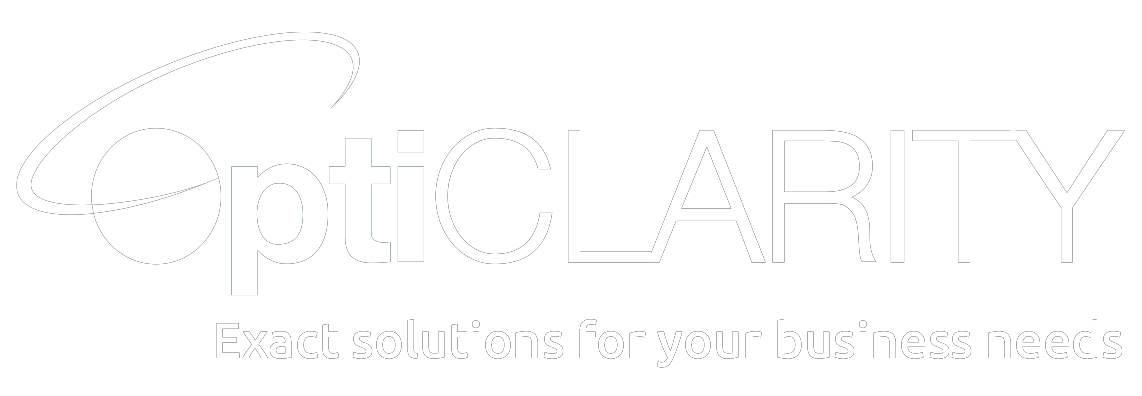Address
479971 Fremont Blvd
Fremont, CA 94538
USA
Work Hours
Monday to Friday: 7AM - 7PM
There are several advantages to USA-based production compared to offshoring.
Some of these advantages include:
Overall, USA-based production offers several advantages over offshoring, including better quality control, faster turnaround times, reduced shipping costs, stronger intellectual property protection, and better communication.
MTP fiber connector polarity refers to the arrangement of the fibers inside the connector. MTP connectors are commonly used in high-density data center applications and are designed to provide high bandwidth and quick installation.
There are three polarity types for MTP connectors:
It’s important to ensure that the correct polarity type is used for the specific application to ensure proper transmission of data.
OM1, OM2, OM3, OM4, and OM5 are different types of optical fiber cables used for data transmission in networking applications.
The key differences between them are:
In summary, OM1 and OM2 are older types of multimode fiber cables with lower bandwidth and shorter transmission distances, while OM3, OM4, and OM5 are newer types with higher bandwidths and longer transmission distances, but also more expensive. The choice of fiber type depends on the application’s requirements and budget.
There are several types of fiber optic ferrule polish finishes available, including:
Each of these polish finishes has its own advantages and disadvantages, and the choice of which to use depends on the specific application and requirements.
What is the importance of end face cleaning for fiber optic connectors ?
End face cleaning is crucial for maintaining the performance and reliability of fiber optic connectors. The end face of a connector is the part that makes physical contact with another connector, and any dirt, dust, or other contaminants on the end face can cause signal loss, attenuation, or even complete failure of the connection.
Here are some reasons why end face cleaning is important:
In summary, end face cleaning is crucial for maintaining the performance, reliability, and longevity of fiber optic connections. It is important to use proper cleaning techniques and tools to ensure that the end face is free from contaminants and to avoid damaging the connector.

